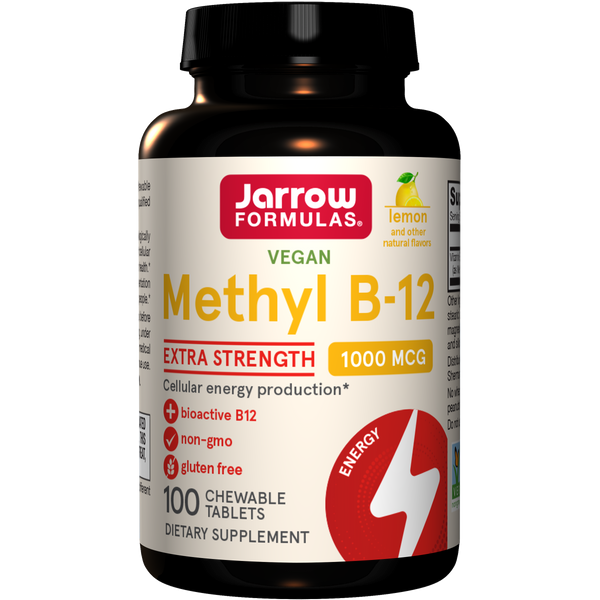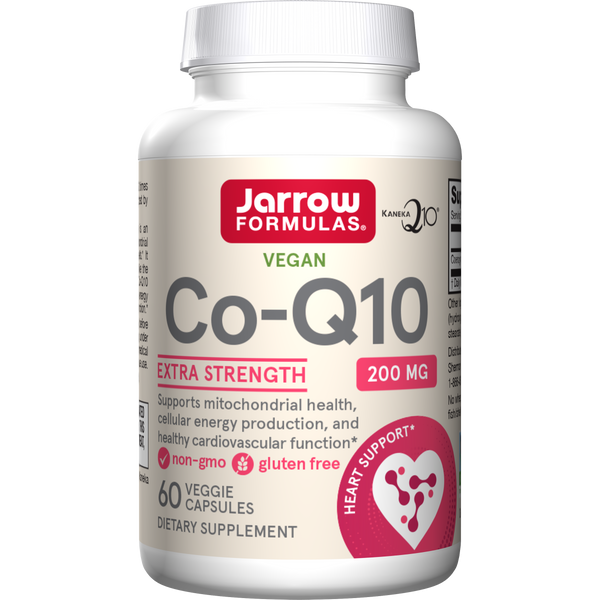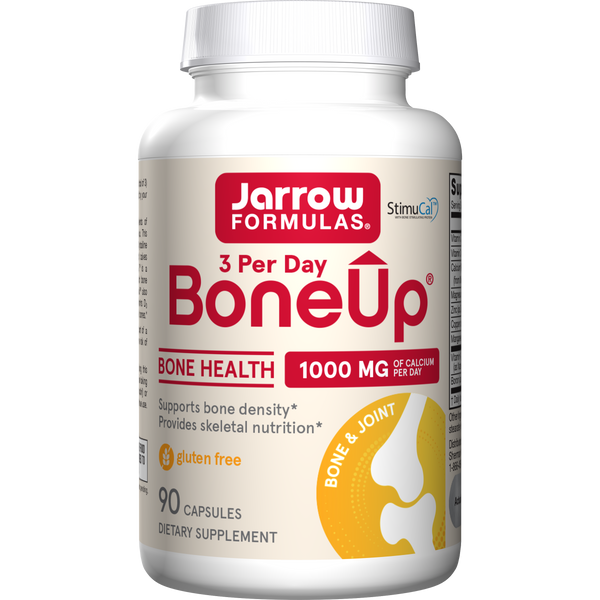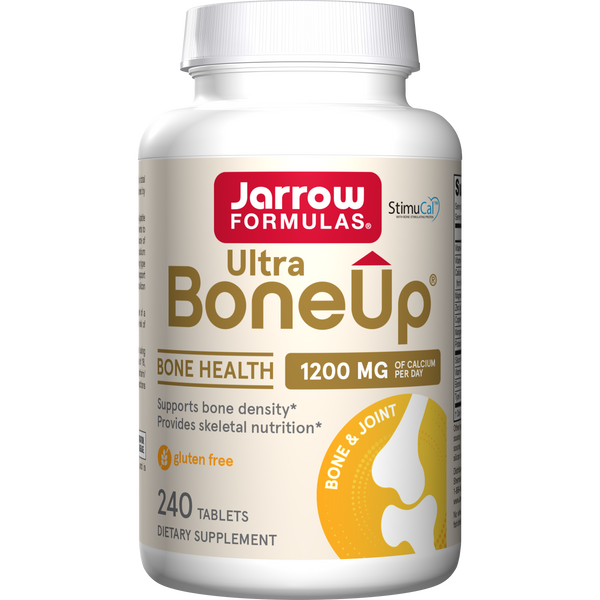PRO Weight Loss
"PRO" Weight Loss
By: Dallas Clouatre, Ph.D.
Weight Loss & Regain: An Uphill Battle & Downhill Backslide
Long-term weight loss impossible? Dieting doesn't work? Some popular media outlets including the New York Times and Time Magazine have made such proclamations in recent past acknowledging that there is a dearth of scientific evidence supporting the sustainability of "dieting" induced weight loss efforts due to (mal)adaptive body responses to the reduced energy availability and loss of body energy stores from fat tissue.
Indeed the sustained weight loss struggle is real, but most nutrition scientists push back on the claim it is impossible.
Modestly cutting energy intake by approximately 500 calories a day is sufficient to initially evoke weight loss of 1-2 pounds per week for many dieters. However, calorie cutting alone has a poor track record when it comes to sustained weight loss and improved metabolic health including blood sugar management.
One major problem is this approach typically leads to significant loss of the more metabolically active lean body tissue, such as skeletal muscle, in addition to fat tissue. Lean body mass is the primary contributor to an individual's resting metabolic rate or calorie-burning capacity. As metabolic rate drops in response to reduced food intake and loss of calorie-burning lean tissue, propensity for weight gain increases when the calories are re-introduced.
One need only look at how often dieters regain the weight they had lost, pretty much all as fat, to see this play out in reality. This vicious cycle of weight loss and regain, which may be more detrimental to health than maintenance of the initial excess body fat, is often referred to as "yo-yo dieting" or the "yo-yo effect."
A Better A(PRO)ach
Recently published research in the journal BMJ Open Diabetes Research & Care [1] demonstrated loss of calorie-burning lean body mass need not be the outcome from dieting. The key was substituting dietary protein sources including lean meats, fish, chicken, eggs, and dairy for carbohydrate-rich foods, which still emphasized "healthy" sources such as whole grains, fruits, vegetables and beans instead of refined sources including sugary foods and drinks.
The researchers recruited 24 obese men and women with elevated blood sugar levels for the diet feeding study. Calorie requirements were calculated for each subject and then 500 calories was subtracted to promote modest weight loss of 1-2 pounds per week for a 6 month dieting period. Half the subjects consumed a higher protein diet (HP), whereas the other half consumed a standard protein, higher carbohydrate diet (HC):
|
|
Protein |
Fat |
Carbohydrate |
|
HP |
30% |
30% |
40% |
|
HC |
15% |
30% |
55% |
The differing diets led to dramatically different results after 6 months. Both diets resulted in significant weight loss of about 10-11% initial body weight on average. However, dieters consuming the HC diet lost a significant percentage of lean mass in addition to fat mass. In contrast, percentage lean mass significantly increased while fat mass decreased in dieters consuming the HP diet. Moreover, the HP diet group exhibited significantly better improvement in insulin sensitivity, blood sugar levels and control, triglyceride and cholesterol levels, inflammation, and oxidative stress, which were still improved in the HC diet group.
All foods, which were available at local grocery stores, were provided to the subjects for the 6 months to better ensure accuracy. Weight, body composition, blood sugar responses as well as other indicators of metabolic health and inflammation were measured before and after the dieting period.
In fact, the researchers reported that 100% of the subjects consuming the HP diet had remission of their poor blood sugar control to that within the normal range, but only 33% of subjects consuming the HC diet exhibited similar improvement. It should be noted that all subjects would still be considered obese, thus again showing people can significantly improve their health despite the persistence of excess body fat.
Oh Buggers!
Preserving lean tissue mass and improving various metabolic parameters certainly help to make dieting results more stable and lasting. As additional factor, one seldom considered, is the role of gastrointestinal bacteria in weight maintenance.
Human experiments have shown that changing the diet to improve blood sugar control changes, surprisingly quickly, the bacterial populations harbored in the intestines (i.e., intestinal microbiota) to become more effective at releasing energy from the ingested food. Similarly, it is well established that people who are overweight, obese, and/or diabetic often have markedly different intestinal microbiotas than lean people. Thus, recurrent loss and gain of body fat with yo-yo dieting may be influenced by the bacterial populations in the intestines.
Recent research published in the journal Nature [2] has shed light on this issue. "We've shown in obese mice that following successful dieting and weight loss, the microbiome (collective genetic capacity of the microbiota) retains a 'memory' of previous obesity," reports Dr. Eran Elinav of the Weizmann Institute of Science. Co-researcher, Professor Eran Segal, elaborated, "This persistent microbiome accelerated the regaining of weight when the mice were put back on a high-calorie diet or ate regular food in excessive amounts."
The researchers also showed that restoration of a "healthy" microbiota, via fecal transplantation derived from mice without recurring obesity from weight cycling, discouraged the weight regain and metabolic derangements when mice were re-introduced to excess dietary energy. These results suggest restoration of a healthier microbiota after dieting-induced weight loss may discourage weight regain to support improved metabolic health.
Putting It Together
Diets similar in composition to the HP diet described above have previously been proposed [3]. A simple approach to meals is to make sure that roughly one third of the plate is covered with a quality protein source and one half or even two thirds of the meal plate is covered with the lightly cooked vegetable of your choice (salad does not count here; potatoes, corn and carrots are counted as primarily carbohydrates). Always eat this vegetable serving, which should be at least two cups.
Eat a bit of protein before eating any carbohydrate in the main meal. Various protein supplements providing all requisite amino acids required from the diet are available to help individuals meet their dietary goals. Remember that vegetables are perfectly good carbohydrate sources and may well be consumed in the place of concentrated carbohydrates, such as rice and potatoes.
A final point is that dieters should consider supplementing with probiotics in conjunction with prebiotics to help support a "healthy" microbiota.
References
1. Stentz FB, Brewer A, Wan J, Garber C, Daniels B, Sands C, Kitabchi AE: Remission of pre-diabetes to normal glucose tolerance in obese adults with high protein versus high carbohydrate diet: randomized control trial. BMJ Open Diabetes Res Care 2016, 4:e000258.
2. Thaiss CA, Itav S, Rothschild D, Meijer M, Levy M, Moresi C, Dohnalova L, Braverman S, Rozin S, Malitsky S, et al: Persistent microbiome alterations modulate the rate of post-dieting weight regain. Nature 2016.
3. Sears B, Ricordi C: Anti-inflammatory nutrition as a pharmacological approach to treat obesity. J Obes 2011, 2011.






























